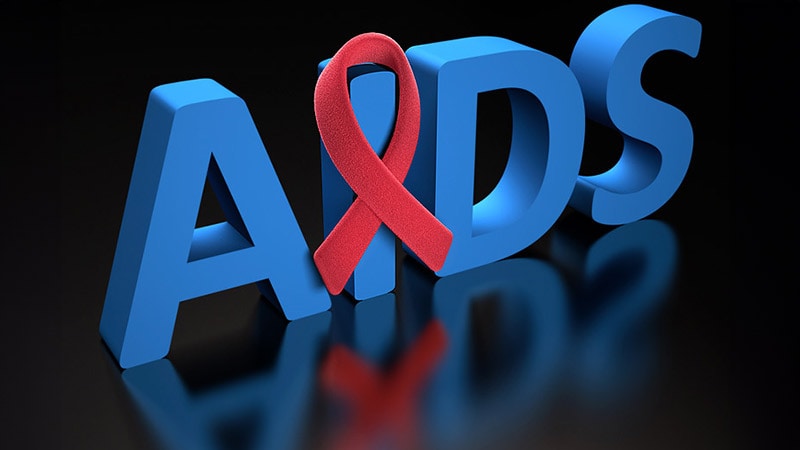Takeaway
- This study provides evidence for a time-dependent association between severe infection and incident cardiovascular disease (CVD) in HIV-infected patients.
- Combined antiretroviral therapy (cART) use and high CD4 count were significantly associated with a lower risk for CVD.
Why this matters
- Findings suggest that a past medical history of hospitalisation for severe infection should be part of the cardiovascular risk assessment performed by HIV/AIDS caregivers.
Study design
- 3384 HIV-infected patients (age, ≥18 years) without CVD were followed until the occurrence of the first CVD event, death or end of the study, whichever occurred first, from January 2000 to December 2013.
- Patient’s post-infection follow-up time was divided into 3 periods: <3 months, 3-12 months and >1 year post-hospitalisation.
- Funding: Conselho Nacional de Desenvolvimento Científico e Tecnológico and others.
Key results
- Of 3384 HIV-infected patients, 184 developed incident CVD events during the follow-up (incidence rate, 11.10/1000 person-years [95% CI, 9.60-12.82]).
- In adjusted analysis, non-white race/ethnicity (adjusted HR [aHR], 1.49; P=.009), age ≥60 years (aHR, 2.01; P=.045) and hypertension (aHR, 1.90; P<.001) were associated with increased risk for CVD.
- High CD4 count (≥500 cells/mm3; aHR, 0.41) and cART use (aHR, 0.21; P<.001 for both) were significantly associated with reduced risk for CVD.
- Severe infections were significantly associated with increased risk for CVD at <3 months (aHR, 4.52; 95% CI, 2.46-8.30) and 3-12 months post-hospitalisation (aHR, 2.39; 95% CI, 1.30-4.38).
Limitations
- Observational design.
References
References


